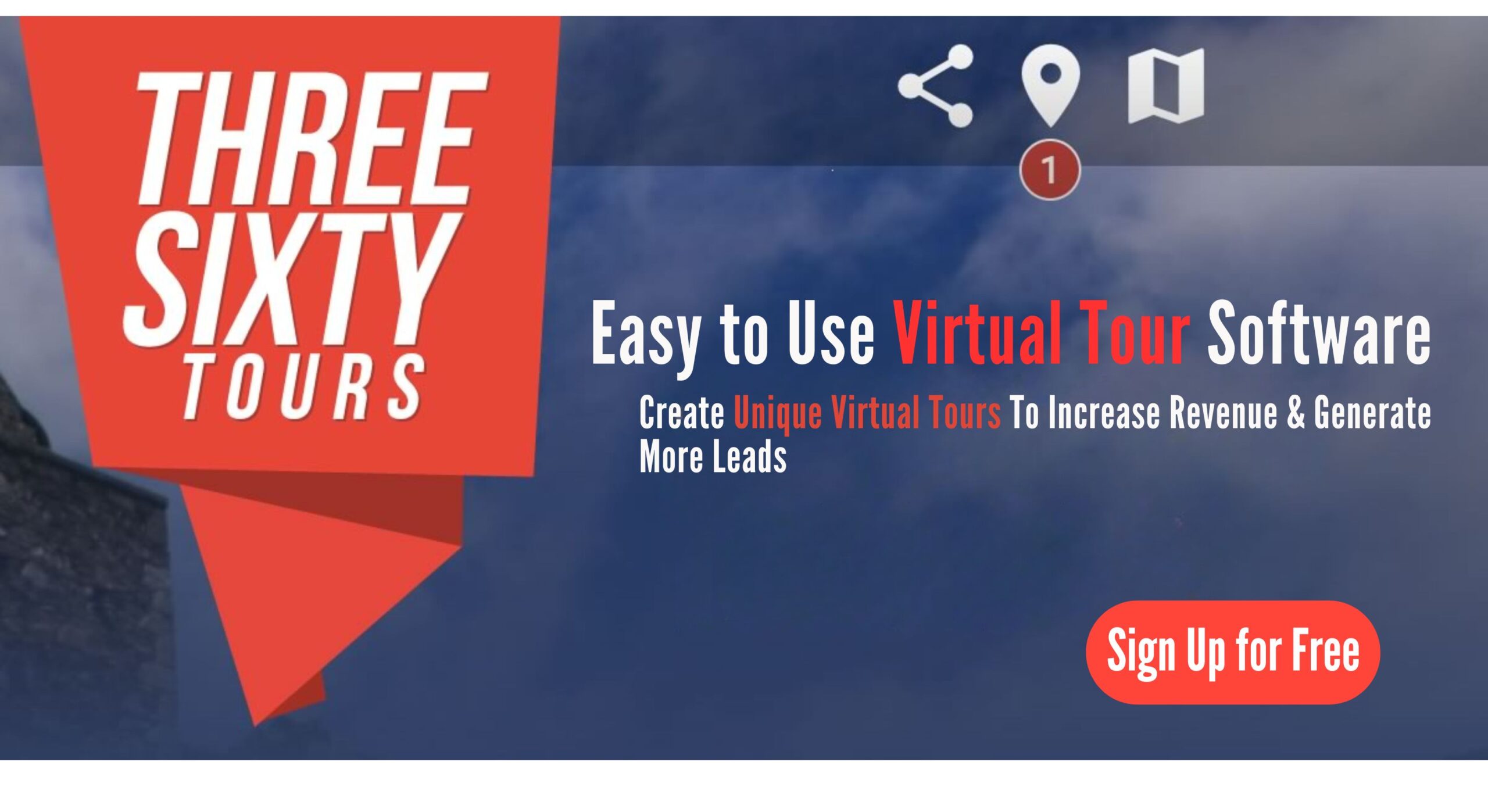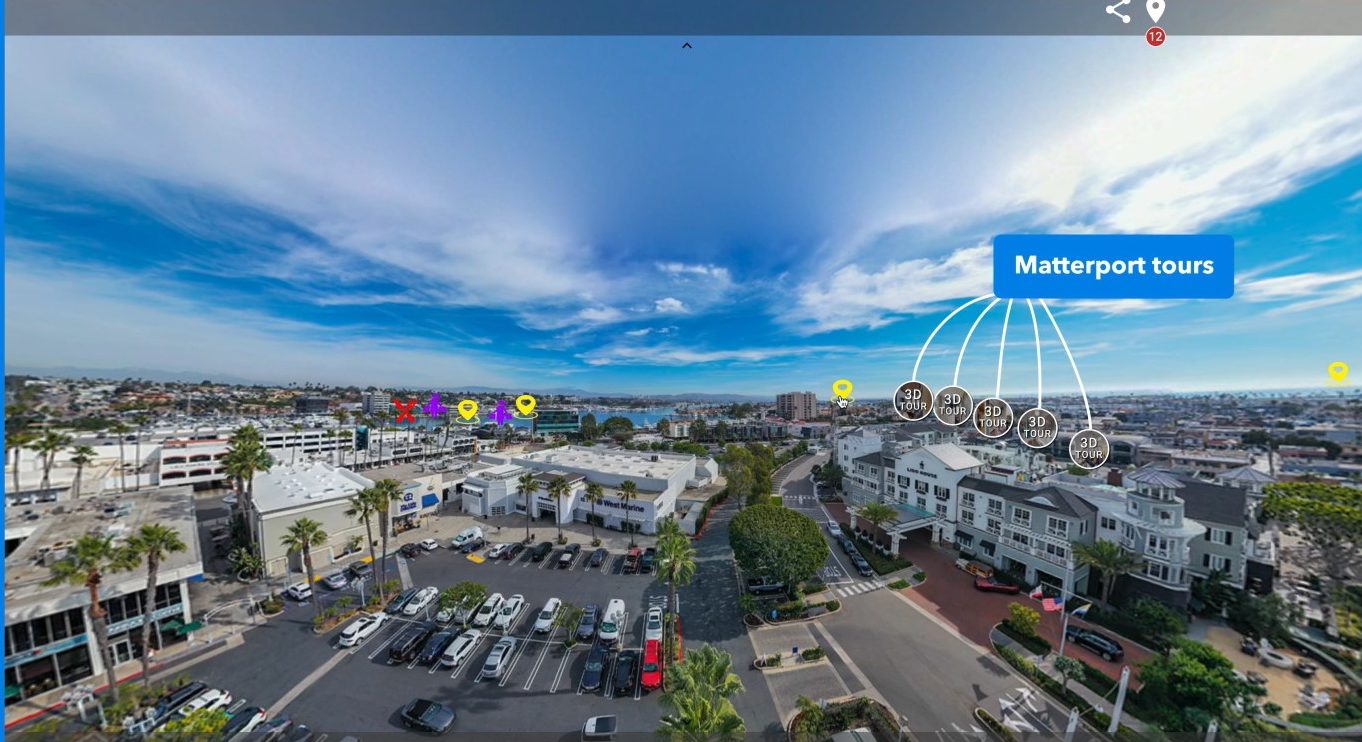360 virtual tour tutorial
360 Virtual Tour Tutorial: A Step-by-Step Guide for Photographers and Real Estate Agents
Introduction
What is a 360 Virtual Tour?
A 360 virtual tour is an interactive, panoramic experience that lets users explore a space as if they were physically there. Unlike regular photos, which capture only one angle, 360 tours stitch multiple images together to create a seamless, immersive view. Users can navigate through rooms, zoom in on details, and interact with elements like text, audio, and video.
Why Are 360 Virtual Tours Important?
Virtual tours have transformed industries by making spaces accessible remotely.
- Real Estate: Buyers can tour properties online, saving time for both buyers and agents.
- Travel & Hospitality: Hotels and resorts use 360 tours to showcase destinations, increasing bookings.
- Education: Schools and universities create virtual campus tours to attract students.
- Retail & Marketing: Businesses use 360 tours to give customers an interactive shopping experience.
What You’ll Learn in This Guide
By the end of this tutorial, you’ll know:
- The best cameras and software for creating virtual tours.
- How to plan and capture high-quality 360 images.
- Editing techniques to enhance your tour.
- How to publish and optimize your tour for maximum engagement.
If you’re looking for an easy-to-use platform to create and host virtual tours, check out Threesixty.tours.
Tools and Equipment
Choosing the Right Camera
Your camera choice affects the quality of your virtual tour. Here are some top picks:
- Beginner: Ricoh Theta SC2 – Affordable and easy to use.
- Intermediate: Insta360 ONE X2 – Great image quality and stabilization.
- Professional: Matterport Pro2 – High-resolution imaging with 3D scanning for real estate pros.
When selecting a camera, consider resolution, stitching quality, and ease of use.
Best Software for Creating Virtual Tours
Once you’ve taken your images, you’ll need software to stitch and enhance them. Here are some great options:
- Threesixty.tours – A user-friendly platform designed for photographers and real estate agents.
- Matterport – Great for real estate, offering automated stitching and 3D scanning.
- Pano2VR – Ideal for professionals who want extensive customization.
- Kuula – A cloud-based platform for hosting and sharing tours.
Essential Accessories
Enhance your 360 photography setup with these tools:
- Tripods & Stabilizers: Keep your camera steady for sharp images.
- Lighting Equipment: Helps improve clarity in low-light conditions.
- Editing Software: Adobe Photoshop and Lightroom allow for fine-tuning images before stitching.
Planning Your Virtual Tour
Define Your Goal
Before you start shooting, ask yourself: What is the purpose of this tour?
- Are you showcasing a real estate property?
- Creating a virtual travel experience?
- Promoting a retail store or business?
Knowing your goal helps you design a tour that engages your audience.
Map Out the Layout
A well-structured tour makes navigation easy. Consider:
- Creating a Floor Plan: Helps guide the sequence of shots for a natural flow.
- Highlighting Key Areas: Focus on rooms, scenic views, or product displays.
- Ensuring Smooth Navigation: Avoid clutter and distractions that might disrupt the experience.
Best Time to Shoot
Lighting plays a major role in image quality.
- Natural Light: Best for real estate and outdoor shots. Shoot during golden hours (early morning or late afternoon).
- Artificial Light: Use soft, even lighting indoors to avoid harsh shadows.
Capturing High-Quality 360 Photos
Setting Up Your Equipment
Proper setup ensures sharp, high-quality images.
- Use a Tripod: Keeps the camera stable.
- Adjust Camera Settings: Use HDR mode for better dynamic range.
- Avoid Reflections: Position the camera to minimize reflections in mirrors or glass.
Taking the Photos
Follow these best practices for professional results:
- Use a Remote Shutter: Reduces camera shake.
- Maintain Consistent Spacing: Capture images at regular intervals for smooth stitching.
- Review Your Shots: Check for blurriness before leaving the location.
Common Problems & Fixes
- Stitching Errors: Adjust the camera position and overlap images slightly.
- Color Inconsistencies: Use manual white balance settings.
Editing and Publishing Your Tour
Stitching Your Images
Once you’ve captured your images, the next step is stitching them together.
- Automatic Stitching: Many cameras and software offer built-in stitching.
- Manual Stitching: For more control, use PTGui or Pano2VR.
Adding Interactive Elements
Make your tour more engaging with these features:
- Hotspots: Let users navigate between rooms.
- Text & Audio Overlays: Provide additional context or narration.
- Embedded Videos: Add multimedia content for a richer experience.
Publishing Your Tour
Once your tour is ready, publish it on platforms like:
- Threesixty.tours – A dedicated platform for hosting and sharing immersive virtual tours.
- Social Media: Share on Facebook, Instagram, and LinkedIn.
- Real Estate Listings: Integrate the tour into MLS listings to attract buyers.
Optimize your tour for SEO by using relevant keywords, adding metadata, and ensuring mobile compatibility.
For more insights on optimizing virtual tours, check out this detailed guide on SEO for virtual tours.
Conclusion
Key Takeaways
To create a high-quality 360 virtual tour, remember:
- Choose the right camera and software.
- Plan your shots carefully.
- Capture high-quality images with proper techniques.
- Edit and add interactive elements for engagement.
- Publish and optimize your tour for visibility.
Experiment and Improve
The best way to master virtual tours is through practice. Try different angles, lighting conditions, and interactive features to create unique experiences.
Next Steps
Want to take your virtual tours to the next level?
- Explore Threesixty.tours – A simple, effective platform for creating and hosting virtual tours.
- Join Online Communities – Connect with other photographers in 360 photography forums and Facebook groups.
- Take Advanced Courses – Platforms like Udemy and Coursera offer in-depth tutorials.
By following this guide, you’ll be well on your way to mastering 360 virtual tours. Happy shooting! 🚀


